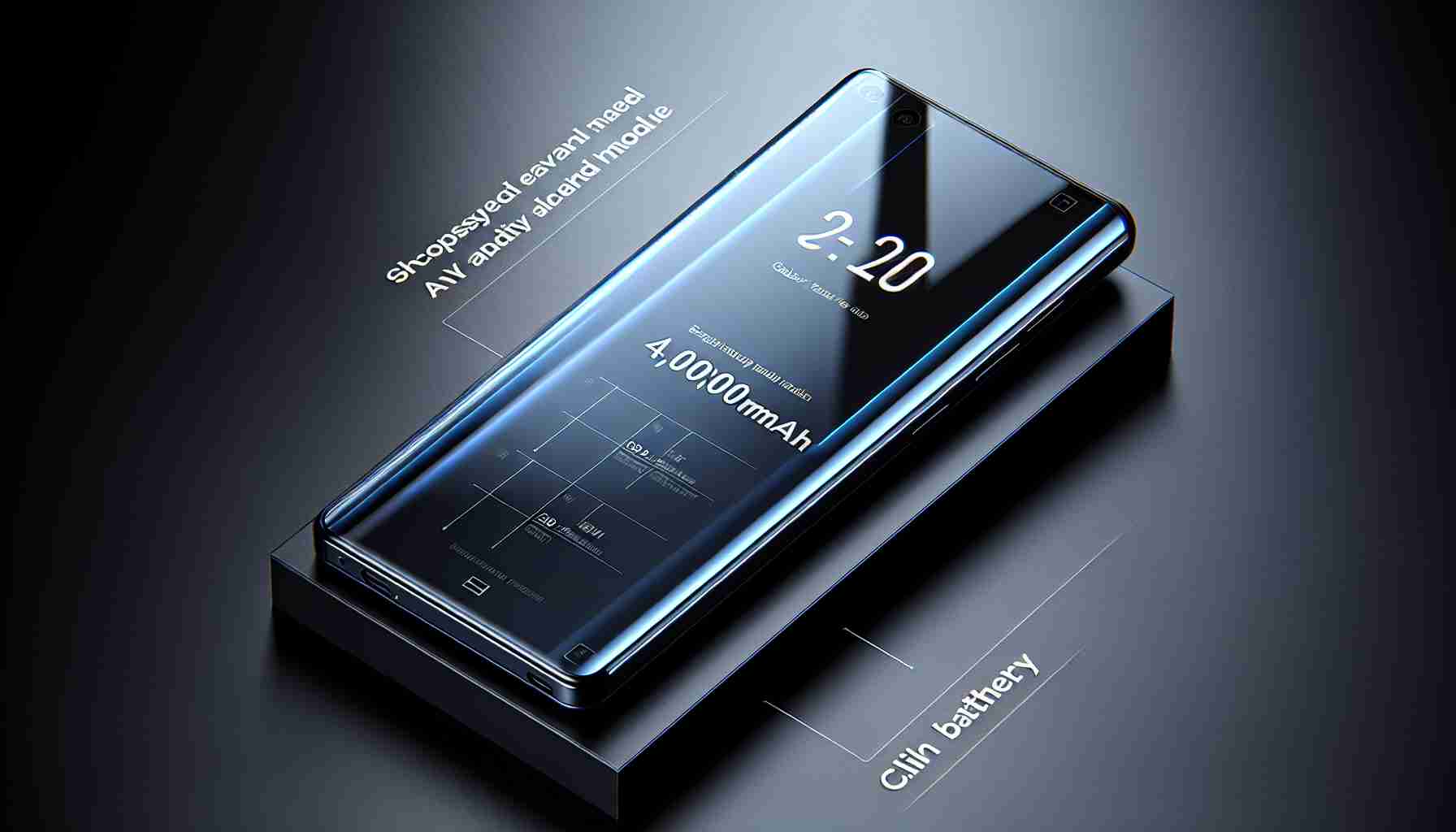
Samsung’s upcoming Galaxy S25 smartphone is anticipated to maintain the tradition of a 4,000mAh battery capacity, falling in line with its predecessor, the Galaxy S24. Reports from GalaxyClub suggest that the latest iteration will feature a battery with a rated capacity of 3,881mAh, which is poised to deliver the typical 4,000mAh capacity that Samsung markets.
Comparison with Samsung Galaxy S24 hints at negligible differences in battery size, with the previous model boasting a rated capacity of 3,880mAh. This information emerges despite the fact that the Galaxy S25 is not expected to hit the market until January 2025 at the earliest. While details have surfaced quite early, the leak is consistent with Samsung’s history of capping the battery capacity of its flagships.
Although the stagnation in battery size might be a tad disheartening for consumers longing for advancements, a 4,000mAh battery has been proven to deliver a day’s worth of power under moderate usage, as evidenced by the performance of the Galaxy S24 in reviews.
There is a glimmer of hope that technological strides in chipsets and software efficiency might compensate for the unaltered battery capacity in the Galaxy S25. However, concerns circulate around the suspected increased power consumption of the Snapdragon 8 Gen 4 processor, which is rumored to be the heart of the Galaxy S25 in some regions.
As the tech community awaits concrete details, Samsung enthusiasts can look forward to other releases, including the Samsung Galaxy Z Fold 6 and the Galaxy Z Flip 6, which are expected to debut in the coming months.
Main Questions and Answers:
Q: Will the Samsung Galaxy S25 have a larger battery than its predecessor?
A: No, the Samsung Galaxy S25 is expected to retain the same battery capacity as its predecessor, with a typical value of 4,000mAh.
Q: Is there any hope for improved battery performance in the Galaxy S25 despite the same battery capacity?
A: Technological advancements in chipset and software efficiency could potentially enhance overall battery performance even without increasing the battery size.
Key Challenges or Controversies:
– Stagnant Battery Capacity: Some users may find the lack of improvement in battery capacity a point of contention, as the market often expects each new model to bring notable advancements.
– Power Consumption Concerns: The anticipated increased power usage of new, high-performance processors could raise concerns about whether the 4,000mAh battery will suffice for power users.
Advantages and Disadvantages:
Advantages:
– Familiar Performance: Users familiar with the Galaxy S24 can expect similar battery life and performance, which can be helpful for setting expectations.
– Technological Optimizations: With potential improvements in other areas (like more efficient chipsets or software optimization), overall device performance might be enhanced without needing a larger battery.
Disadvantages:
– No Improvement in Capacity: Users looking for longer battery life might be disappointed that there is no increase in the physical capacity of the battery.
– Possible Insufficiency: With advancing technology and increased power demands, a 4,000mAh battery might not meet the needs of all users, particularly those who use their phones extensively or for power-intensive tasks.
